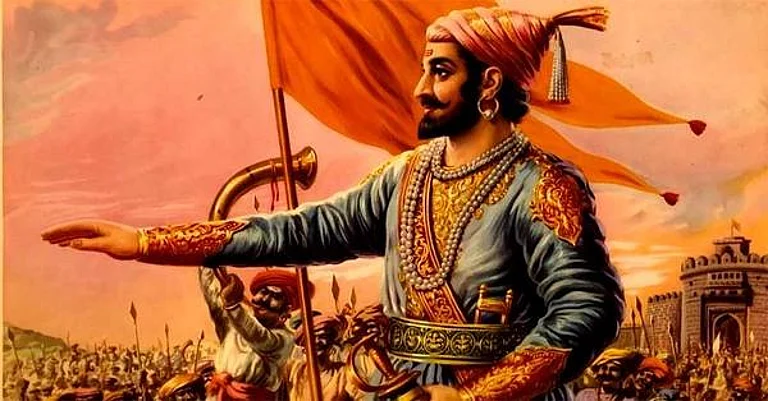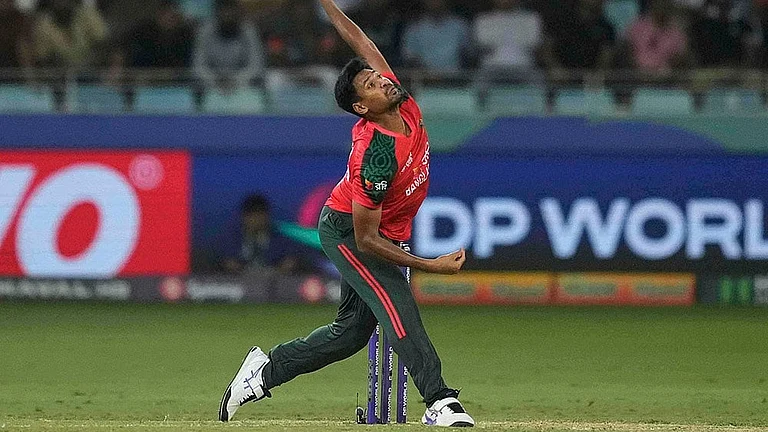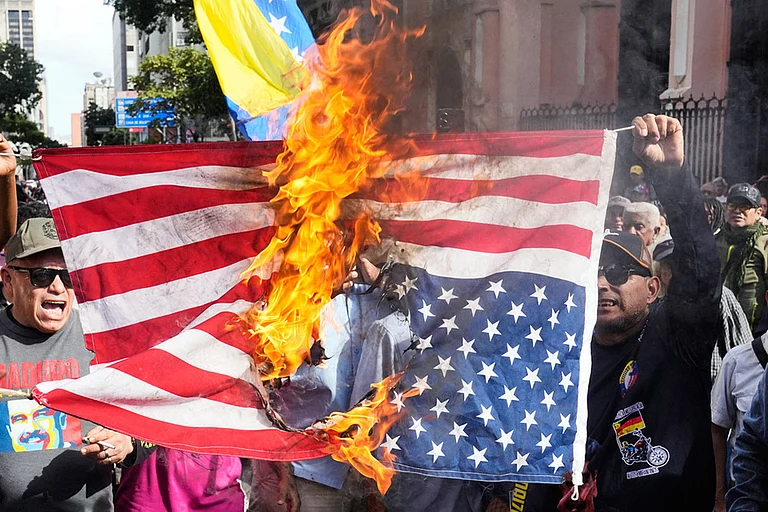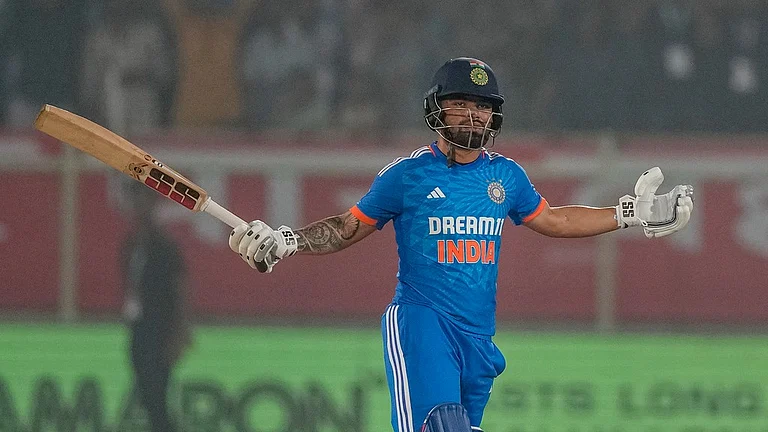Australian Prime Minister Anthony Albanese’s recent visit to India may not have resulted in any big-ticket announcement, but it signalled the growing convergence of the political and strategic vision of the two countries.
India and Australia signed a strategic agreement in 2009, but it’s in recent years that ties have gathered additional momentum under the shadow of a rapidly rising and assertive China. Australia regards its Quad partnership with India, Japan, and the United States as a key pillar of its foreign policy.
Defence, especially maritime security, is now an important element in India-Australia relations as Chinese submarines and naval vessels have increased their presence in the Indian Ocean.
“India will remain the pre-eminent maritime power among Indian Ocean countries. Australia wants to work with India as both countries invest in enhanced naval capabilities. We already conduct joint naval exercises and we are deepening our broader defence cooperation and expanding our information sharing,” said the Australian government in a foreign policy document.
In the past, defence was never in the agenda between India and Australia as the two countries were in different camps in the Cold War era. India regarded Australia as part of the Western camp. But that has now changed as the world tries to come to grips with the growing reality of China’s unprecedented rise. Australia, together with Japan, is now a part of the India-US Malabar Exercise. What is more, for the first time, the naval exercise will be conducted in Australian waters this year.
Besides Malabar, Australia has also invited India to be part of its biggest war-like exercise called the Talisman Sabre. Albanese extended the invitation during his visit this month. Around 17,000 military personnel conduct war games on land, air, and sea. India will be joining the United States, Canada, United Kingdom, New Zealand, Japan, and South Korea for the exercises later in the year.
With political ties between the two Quad members at an all-time high, India and Australia hope to complete an ambitious trade deal that the two countries had agreed on nearly 10 years ago. The negotiations were struck on several issues including New Delhi's hesitancy in opening its agriculture sector to foreign companies. India is also seeking easier access for its people in the services sector in Australia. But last year, the India-Australia Economic Cooperation and Trade Agreement (ECTA) was signed after negotiations were rebooted in September 2021. The aim, now, is to have a deal in place by the end of the year.
The two countries are also hoping to expand trade in critical minerals which are abundant in Australia. Some of these minerals are also needed in batteries for electric vehicles — key to combat climate change. The matter came up for discussion between Union commerce minister Piyush Goyal and Australian trade minister Ron Farrell who accompanied Albanese on his visit.
The Covid-19 pandemic that disrupted supply chains across the world has led to Quad members focusing on building resilient supply chains that are not totally dependent on one country — read as China. India and Australia are partners in the trilateral Supply Chain Resilience Initiative (SCRI) arrangement along with Japan which seeks to enhance the supply chains in the Indo-Pacific Region.
Australia’s thriving economic relations with China faced a roadblock in 2018 when Canberra banned the Chinese telecom giant Huawei from its 5G network on concerns of national security and fears of spying. An angry Beijing decided to impose an unofficial trade blockade by imposing heavy tariffs on Australian products in 2020 that included Australian wine, iron, and other goods. China asked its citizens to boycott Australian goods. Later, Australia added salt to the wound by calling for an independent inquiry into the origin of the Covid-19 pandemic. Beijing was deeply offended by the action.
Considering the huge economic stakes involved, Australia and China are trying to work out their differences on trade tariffs and other issues, with Australian Prime Minister Penny Wong visiting China last December.
But at its heart, even the new Labor government of Albanese remains wary of China. The fact that Australia is a member of Quad and AUKUS clearly proves that unlike in the past, Albanese has shifted the party’s stand on China and has aligned it more with that of the Conservative Party’s views.
In this new power equation in the Indo-Pacific, India is seen as a perfect foil to China. So, the all-around development of India-Australia ties will be an important element of the strategic vision of both countries.



























